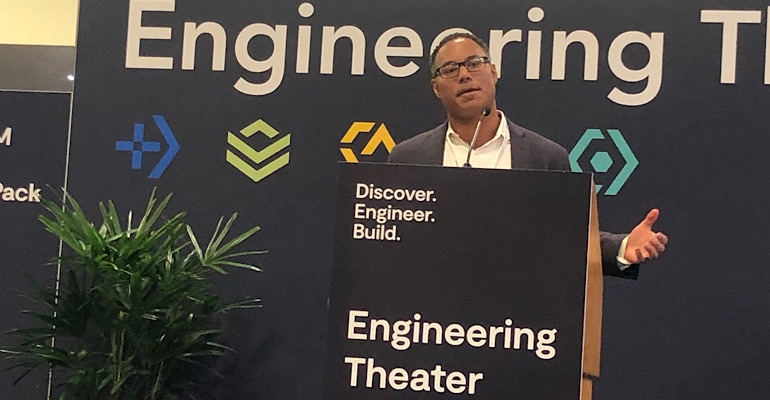How Boston Scientific Got the Watchman Back on Track
Boston Scientific’s Brad Sutton discusses the benefits of the device and how it emerged from a tough regulatory pathway.
October 11, 2023

MINNEAPOLIS - It wasn’t an easy road to obtain FDA approval for Boston Scientific’s Watchman Left Atrial Appendage (LAA) Closure Device.
The Marlborough, MA-based company’s device was rejected by FDA in 2010 because of concerns about procedural complications. After the panel had recommended approval a second time, the agency requested a third-panel review - analysts were expecting a narrowed label restricting the manner of use.
The Watchman Device is designed to close the LAA, thereby preventing clots within the appendage from being dislodged into the circulation.
The device finally won a nod from FDA in 2015 – which was a turning point for the company. On Tuesday, Brad Sutton, Boston Scientific’s Chief Medical Officer for AF Solutions, spoke about the evolution of the technology during the keynote at MD&M Minneapolis.
Sutton told the audience that Watchman was just scratching the surface when it came to adoption in market and the company was working on spreading patient awareness about the device. He said part of that message was moving beyond the tortuous regulatory process.
“Even though that happened in [2015] it’s still encrypted in people’s minds,” Sutton said during the Q&A portion of the keynote session. We’re trying to move the mindshare to contemporary data so that people understand what the current clinical device looks like; and the current clinical outcomes and current safety profile looks like.”
He noted that Boston Scientific produced commercials to help spread the word about Watchman.
The latest generation of the device, the Watchman FLX Pro won FDA approval in September. The nod came nearly three years after Boston Scientific won approval for the Watchman FLX device.
Boston Scientific’s latest approval for Watchman comes at a time when the company is experiencing a strong resurgence in the market with its products. The company also received a nod for the POLARx Cryoablation System.
In a recent interview with MD+DI, Sutton spoke about the importance of the technology.
“When I think about the ablation landscape in general, it’s really a dynamic time for our field,” Sutton told MD+DI in a recent interview. “It’s really a great time to be an electrophysiologist. When cryoablation launched – 12 or 15 years ago, it was somewhat revolutionary in that it was the first single shot approach, and it was a fair bit more efficient than point-by-point radiofrequency ablation at the time. But since that time there hasn’t been any innovation or significant improvements on that technology.”
Sutton added, “We felt there was a place and had been working several years to redefine what cryoablation might look like with a particular focus on the unmet needs on the operator level.”
About the Author(s)
You May Also Like



.png?width=300&auto=webp&quality=80&disable=upscale)
